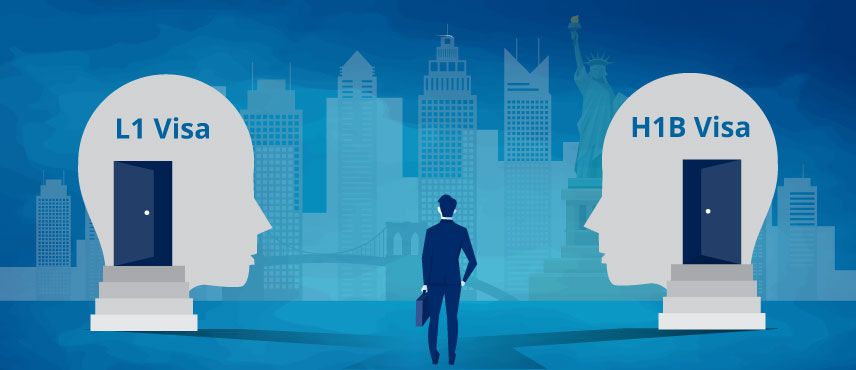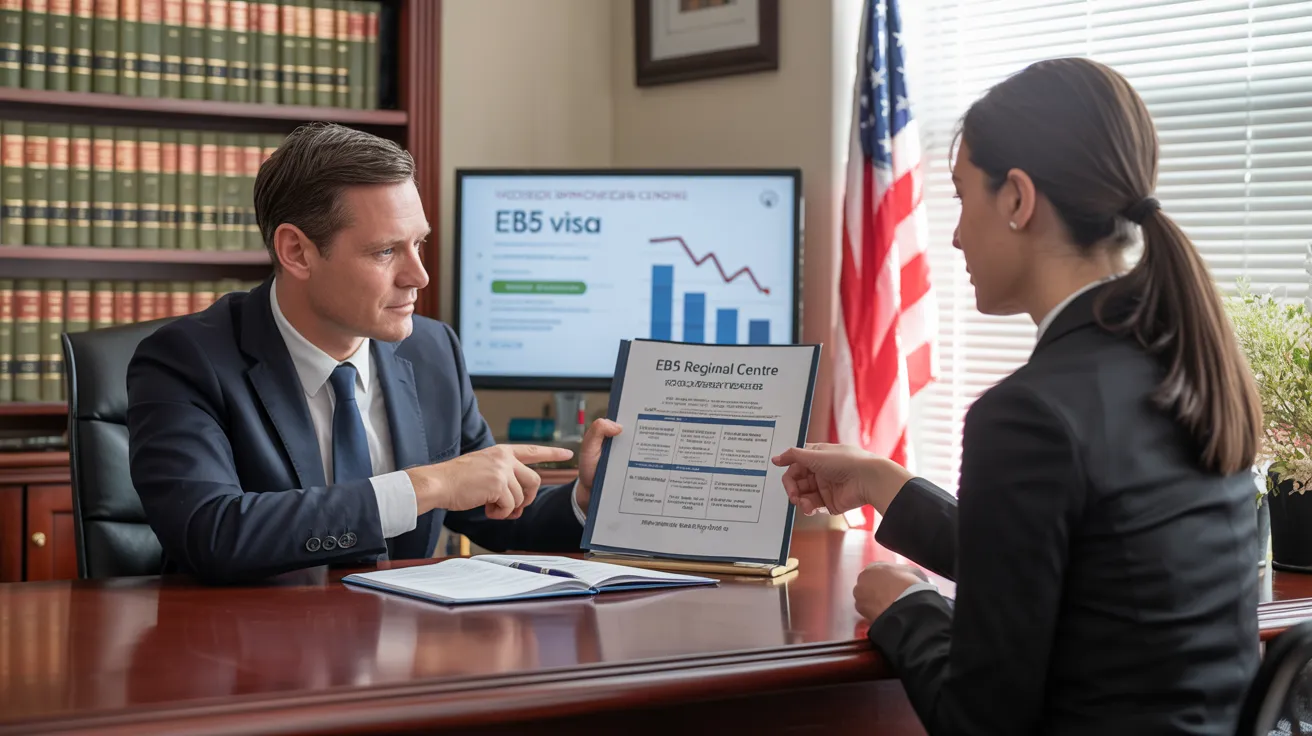Apply for L1 Visa
Some Ideas on L1 Visa You Should Know
Table of ContentsGet This Report about L1 VisaSome Known Incorrect Statements About L1 Visa Rumored Buzz on L1 VisaThe Of L1 VisaSee This Report about L1 VisaGet This Report on L1 Visa
Available from ProQuest Dissertations & Theses Global; Social Science Costs Collection. DHS Workplace of the Examiner General. Recovered 2023-03-26.
U.S. Division of State. Obtained 22 August 2016. "Workers paid $1.21 an hour to mount Fremont tech business's computer systems". The Mercury Information. 2014-10-22. Gotten 2023-02-08. Costa, Daniel (November 11, 2014). "Little-known momentary visas for foreign tech employees dispirit incomes". The Hill. Tamen, Joan Fleischer (August 10, 2013). "Visa Holders Replace Workers".
The 8-Minute Rule for L1 Visa
In order to be eligible for the L-1 visa, the international company abroad where the Beneficiary was utilized and the U.S. business need to have a qualifying connection at the time of the transfer. The different types of certifying connections are: 1. Parent-Subsidiary: The Moms and dad means a firm, company, or other legal entity which has subsidiaries that it has and controls."Subsidiary" suggests a firm, company, or other legal entity of which a moms and dad owns, straight or indirectly, greater than 50% of the entity, OR has much less than 50% but has management control of the entity.
Example 1: Company A is incorporated in France and uses the Recipient. Business B is incorporated in the U.S. and desires to petition the Beneficiary. Business A possesses 100% of the shares of Firm B.Company A is the Parent and Business B is a subsidiary. As a result there is a certifying partnership between the 2 business and Company B should have the ability to sponsor the Beneficiary.
Firm An owns 40% of Company B. The staying 60% is owned and regulated by Firm C, which has no relationship to Firm A.Since Firm A and B do not have a parent-subsidiary partnership, Company A can not sponsor the Beneficiary for L-1.
Example 3: Business A is integrated in the U.S. and intends to request the Beneficiary. Business B is integrated in Indonesia and utilizes the Recipient. Firm A has 40% of Business B. The staying 60% is owned by Company C, which has no connection to Business A. Nevertheless, Business A, by official arrangement, controls and complete handles Business B.Since Company An owns much less than 50% of Company B yet handles and regulates the business, there is a qualifying parent-subsidiary partnership and Firm A can fund the Recipient for L-1.
L1 Visa - The Facts
Affiliate: An associate is 1 of 2 subsidiaries thar are both owned and managed by the very same moms and dad or individual, or owned and regulated by the very same team of contact us individuals, in basically the exact same ratios. a. Example 1: Company A is integrated in Ghana and utilizes the Recipient. Business B is included in the U.S.
Company C, likewise included in Ghana, owns 100% of Business A and 100% of Business B.Therefore, Company A and Firm B are "affiliates" or sister business and a certifying L1 Visa guide relationship exists in between the two firms. Business B must be able to fund the Beneficiary. b. Example 2: Firm A is included in the united state
Company A is 60% possessed by Mrs. Smith, 20% had by Mr. Doe, and 20% owned by Ms. Brown. Business B is incorporated in Colombia and currently employs the Beneficiary. Business B is 65% possessed by Mrs. Smith, 15% possessed by Mr. Doe, and 20% possessed by Ms. Brown. Company A and Firm B are associates and have a certifying relationship in two various means: Mrs.
The L-1 visa is an employment-based visa group developed by Congress in 1970, allowing multinational business to transfer their supervisors, executives, or essential workers to their united state operations. It is typically described as the intracompany transferee visa. There are two major types of L-1 visas: L-1A and L-1B. These kinds appropriate for employees worked with in various placements within a firm.

Additionally, the recipient must have operated in a managerial, executive, or specialized employee position for one year within the three years coming before the L-1A application in the international company. For new office applications, foreign work must have been in a managerial or executive ability if the beneficiary is coming to the USA L1 Visa requirements to work as a supervisor or executive.
L1 Visa for Dummies

If granted for an U.S. business operational for greater than one year, the preliminary L-1B visa is for approximately 3 years and can be expanded for an extra two years (L1 Visa). Conversely, if the united state firm is freshly developed or has been operational for much less than one year, the first L-1B visa is provided for one year, with expansions available in two-year increments
The L-1 visa is an employment-based visa category established by Congress in 1970, permitting multinational companies to transfer their managers, execs, or crucial personnel to their U.S. procedures. It is frequently described as the intracompany transferee visa. There are two main kinds of L-1 visas: L-1A and L-1B. These types appropriate for staff members employed in various positions within a company.
5 Easy Facts About L1 Visa Described
Additionally, the beneficiary has to have functioned in a supervisory, exec, or specialized staff member placement for one year within the three years preceding the L-1A application in the foreign business. For brand-new office applications, international employment has to have been in a supervisory or executive ability if the beneficiary is coming to the United States to work as a manager or executive.
for up to 7 years to oversee the procedures of the united state associate as an exec or manager. If released for a united state firm that has actually been functional for more than one year, the L-1A visa is initially granted for as much as three years and can be prolonged in two-year increments.
If granted for a united state business operational for more than one year, the first L-1B visa is for up to three years and can be extended for an added two years. On the other hand, if the united state firm is freshly developed or has actually been operational for less than one year, the initial L-1B visa is released for one year, with expansions available in two-year increments.